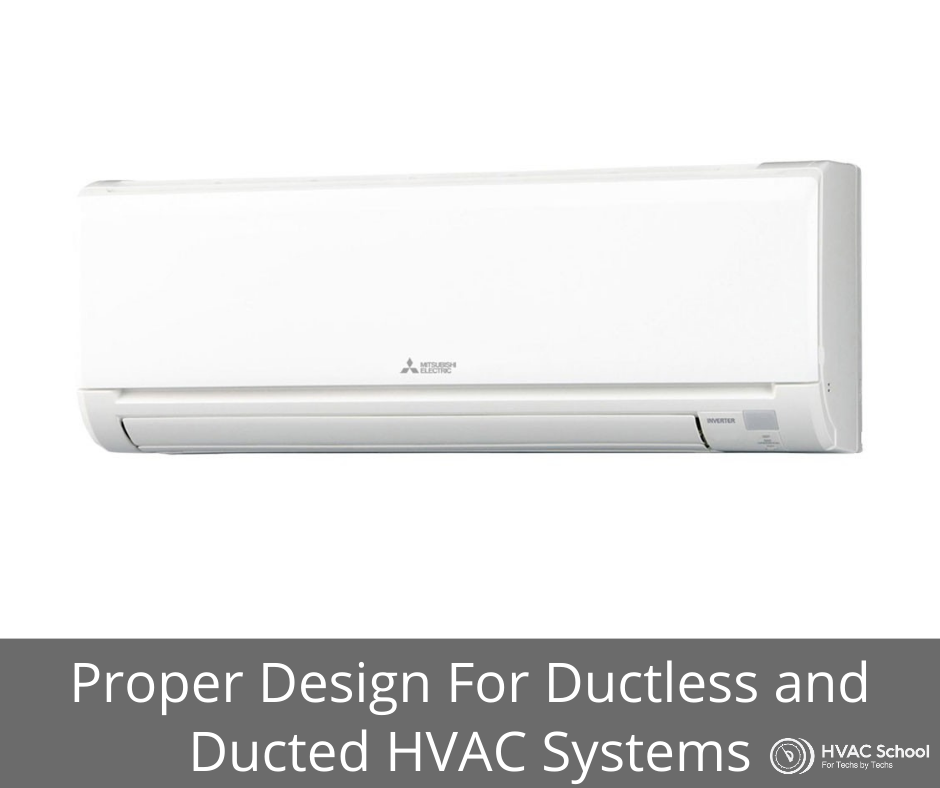Proper Design For Ductless and Ducted HVAC Systems

In this podcast episode, Bryan, Chad, John, and Allison discuss proper design for ductless and ducted HVAC systems, especially mini-splits. They also discuss potential future improvements to equipment and duct designs.
Mini-splits are smaller than traditional HVAC units, so they make zoning a bit easier. However, load calculation plays a huge role in equipment selection and zoning because you must get the right number of zones to match the equipment capacity and meet your load requirements.
Proper design is difficult, and a common mistake includes using one piece of equipment to serve the whole house, especially on new constructions. Some designers also don't offer multiple options to the customer, which can be a mistake. Most of the time, we end up downsizing systems, not making them larger. Failing to smooth out turns in the ducts and use proper fittings can also negatively affect airflow and pressure. If you're working on new construction, you'd be best to get an idea of the building design ahead of time and clearly communicate what you need to create a proper duct design.
Going from traditional to mini-split duct design has a bit of a learning curve. It's easy to make mistakes when you aren't prepared to deal with the function of variable capacity in mini-splits. You can avoid making mistakes by learning about the equipment (and duct materials) during the selection process, not after the selection.
Chad, John, Allison, and Bryan also cover:
- Adjusting the structure
- Replacing old equipment with higher-SEER equipment
- Selecting filters and filter grilles
- Static pressure options
- Total length vs. total equivalent length
- Register sizing
- Flex ductwork
- Drop ceilings
- Texas's energy grid and how it relates to potential setbacks
- Replacing furnaces with heat pump systems
- Future micro-split heat pumps
Check out energyvanguard.com and think-little.com.
Learn more about Refrigeration Technologies HERE.
If you have an iPhone, subscribe to the podcast HERE, and if you have an Android phone, subscribe HERE.
Author:










Comments
To leave a comment, you need to log in.
Log In